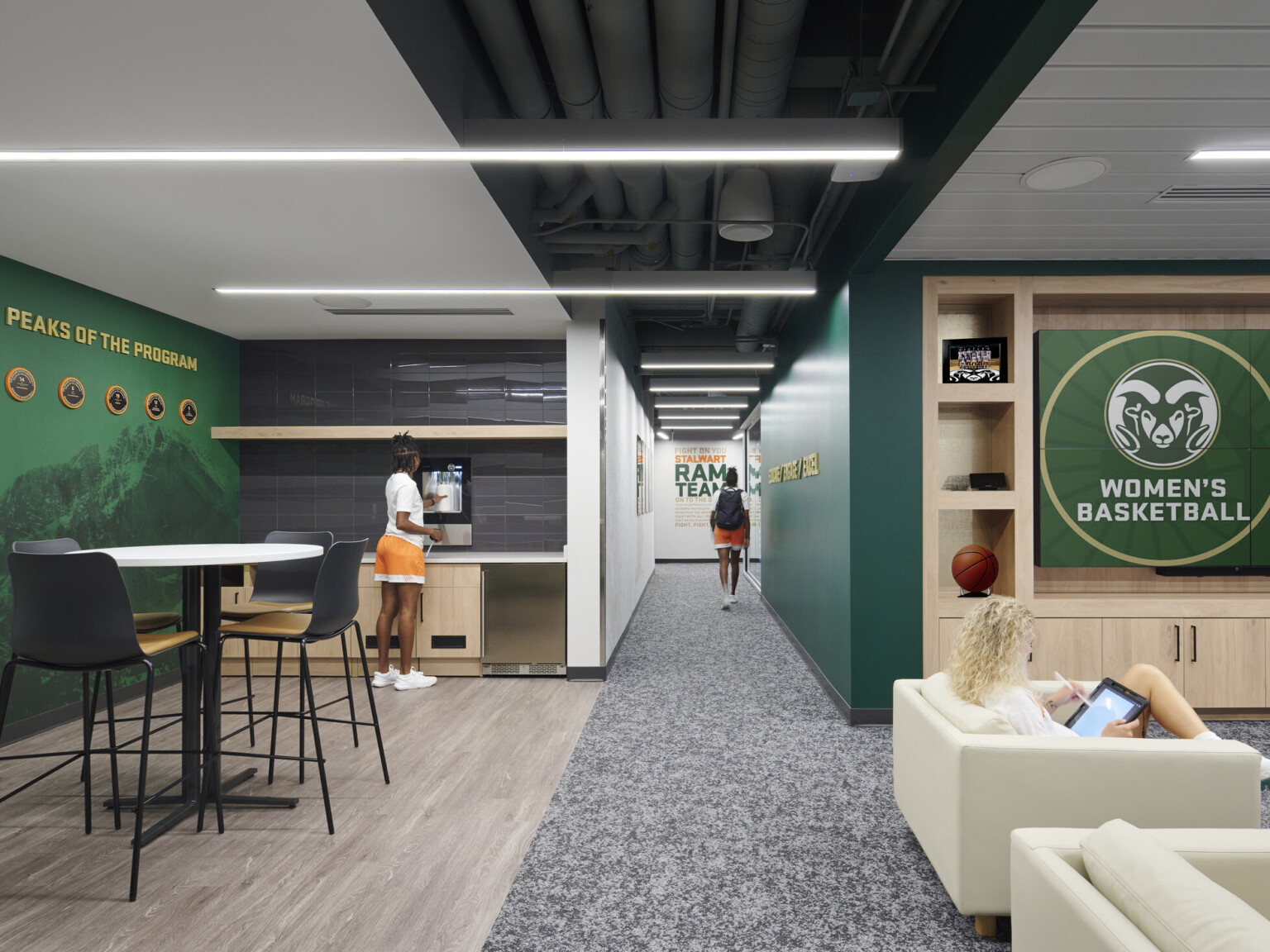
Six Questions for Counties to Ask to Improve Mental Health Outcomes in Public Facilities

Stepping Up offers six basic questions for counties to consider as they develop plans for reducing the number of individuals with mental illnesses detained in jails. Partnering with architectural design and planning teams, these six questions offer opportunities to establish best practices within the built environment leading to healing, equity, and transformation of individuals and communities.
-
Is our leadership committed?
When a county engages a design firm to assist in assessing the need for a new or renovated space for medical and mental health treatment, one of the first questions the design team needs to ask is, “What is the commitment and mission of your leadership in addressing mental health issues within the jail?” To make the biggest impact, the team must first listen to the county in this regard, and then offer their knowledge in how space can contribute to their goals through improved efficiencies and healthy environments for healing and transformation.
-
Do we conduct timely screening and assessments?
Is screening for mental illness and substance abuse done at intake? Is there a follow up with the appropriate staff if someone exhibits symptoms? Do custody and medical and mental health staff work together? All these elements need to be considered at the front end of intake so that everyone clearly understands the population within the jail and the prevalence for mental illness, and do so before the detainee is released. Often the most difficult part of the job for justice designers is to create operations-oriented yet flexible designs to allow the intake process to occur often simultaneously as release and transfer processes.
-
Do we have baseline data?
Stepping Up suggests four key measures that county leaders should track including: jail bookings, jail length of stay, connections to treatment, and recidivism. This is the data to benchmark, and it requires a system of data collection, comparison and sharing. Outcomes can also be compared year-over-year to determine what factors are making a greater difference in the key measures noted above. Narrowing in on the elements and data within a given facility can give us the evidence we need to make significant changes to improve outcomes in how we manage this vulnerable population.
-
Have we conducted a comprehensive process analysis and inventory of services?
A planning team is a key part of the Stepping Up Initiative, and should be a part of all phases of county processes from 911 call through case discharge and implementation of the Stepping Up Initiative from the beginning. That team needs to analyze the flow, collection and results of the data collected. In addition to an inventory of services, this should also include an inventory and assessment of capital assets in light of the need to serve those with mental health issues. Identifying gaps in the system, whether in programs, resources, or appropriate spaces will lead to best solutions.
-
Have we prioritized policy, practice and funding improvements?
Counties need to be fiscally aware of the limitations and opportunities available for both internal and external funding sources. Understanding the most effective way to allocate budget is a key element of the Stepping Up Initiative. The research and data collected will help the county understand the best payback for the investment and avoid tax payer waste. In addition, some agencies are finding other external programs to assist in funding these efforts.
-
Do we track progress?
The planning team needs to stay in place to collect and track all the information gathered. Ongoing analysis and evaluation of programs will ensure success and result in meaningful data collection and benchmarking. Numerous counties are making progress in this realm and specific examples on the Stepping Up website share successful strategies for tracking progress from “Innovator Counties.”

How Facility Design Supports Stepping Up Initiatives
When tasked with designing adult secure treatment facilities, counties are addressing a priority of treatment and restoration in a therapeutic healthcare environment with a custody overlay. Increased program space is required to allow treatment staff to implement programs with a continuum of care, both within the facility during detention, as well as following an inmate’s release. Features that support evidence based programs include:
- Direct supervision model of inmate management
- Smaller unit sizes to maximize classification flexibility and treatment
- Increased opportunity for out-of-cell time
- Treatment spaces on the unit
- Decentralized mental health staff located within units
- Security staff and mental health staff partnering in treatment
- Residential “normative” environments
- Increased views to nature
- Reduced noise level for improved acoustics to lessen stress
- Access to daylighting
- Fresh air
Success in the planning, design and construction of modern, state-of-the-art detention facilities demands that design improve operations and behavior, and that facilities respond to the needs of the community, sheriff, and staff. Collaborating with counties who embrace the Stepping Up Initiative will always lead to more holistic solutions to meeting the challenge to improve the lives of those suffering from mental health issues within our justice system.
Explore more from our Justice studio.
To receive ideas like this directly to your inbox, subscribe to our email list.










